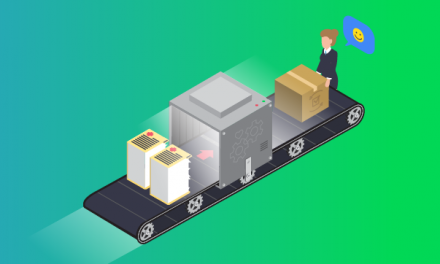Electronic Claim Submission

Electronic Claim Submission
An Electronic claim as the name suggests is a digital form of patient claim which is generated by the software. This is then electronically transmitted to the health insurer or any third-party vendor to process and make the payment. On the other hand, a manual claim is in a paper form that is mailed to the payer. The main advantage of electronic claim is that it reduces the amount of administrative work and the expenses which were generally associated with manual claims.
However, there are many other benefits of submitting claims electronically. Let’s discuss them in detail below:
- Faster Transactions: Electronic claims submitted are processed faster thus resulting in faster payments.
- Status tracking: The status of the claim’s submission can be tracked easily at any time through the internet which eases the whole process.
- More accurate claims: Electronic claims are less prone to human error, unlike the paper claims where the rejection rate is higher due to inaccuracies, omissions, and other human errors. In the case of electronic claims, there is an option to have your claims checked through an electronic clearinghouse. This will ensure that your claim is accurate before it is submitted to the carriers. In case there is any missing or invalid information then the clearinghouse will promptly return it back to rectify it.
- Simpler and streamlined claiming process: Electronic claim eliminates the filling out and storing the paper claims which in turn helps in simplifying the billing and record-keeping procedures. The electronic claim also reduces the manual man-hours required to carry all the clerical activities involving collecting all the claims, mailing them, resubmitting, and status tracking.
Process of Submitting Electronic Claims
There are many ways in which electronic claims can be submitted. A provider submits the claims to Medicare Administrative Contractor through software that meets the electronic filing requirements established by the HIPAA claim standard.
However, sometimes it is more convenient for providers to submit claims to a clearinghouse rather than submitting to many different third-party payers. The reason is claims are more accurate and are relayed to the correct payer.
The following are some ways in which the claims can be submitted to the clearinghouse:
- Direct Submission is a process where the practitioners use the practice management software for submitting claims to the clearinghouse. An electronic file with all the claims details that need to be processed is created and sent to the clearinghouse via the internet.
- If the practitioner is not using the software to submit the claim, it could still submit the claims electronically by direct data entry. In this approach, the practitioner logs into the clearinghouse using a secure Internet connection and enters the details of the provider, patient, and the claims information in the details form page which is often an electronic version of HCFA 1500. Once the details are filled, it can be submitted for processing. The patient’s and provider’s information can be retained by the clearinghouse so that the practitioner doesn’t have to reenter all the details in case of refiling claims in the future.
There are some other services also which can be availed as part of claim submission, however, there are additional costs associated with that. The services are as follows:
- Checking the insurance details including the eligibility of the patient, insurance plan, and the co-pay amount associated with the plan.
- Option to convert the patient statements into electronic format so that it could be downloaded into practice management software.
- Verifying of pre-certifications and authorizations online.
- Options to receive Electronic Remittance Advice (ERA) and electronic Explanation of Benefit (EOB) statements from payers in order to determine the payment date of the claim and the amount paid against it.




